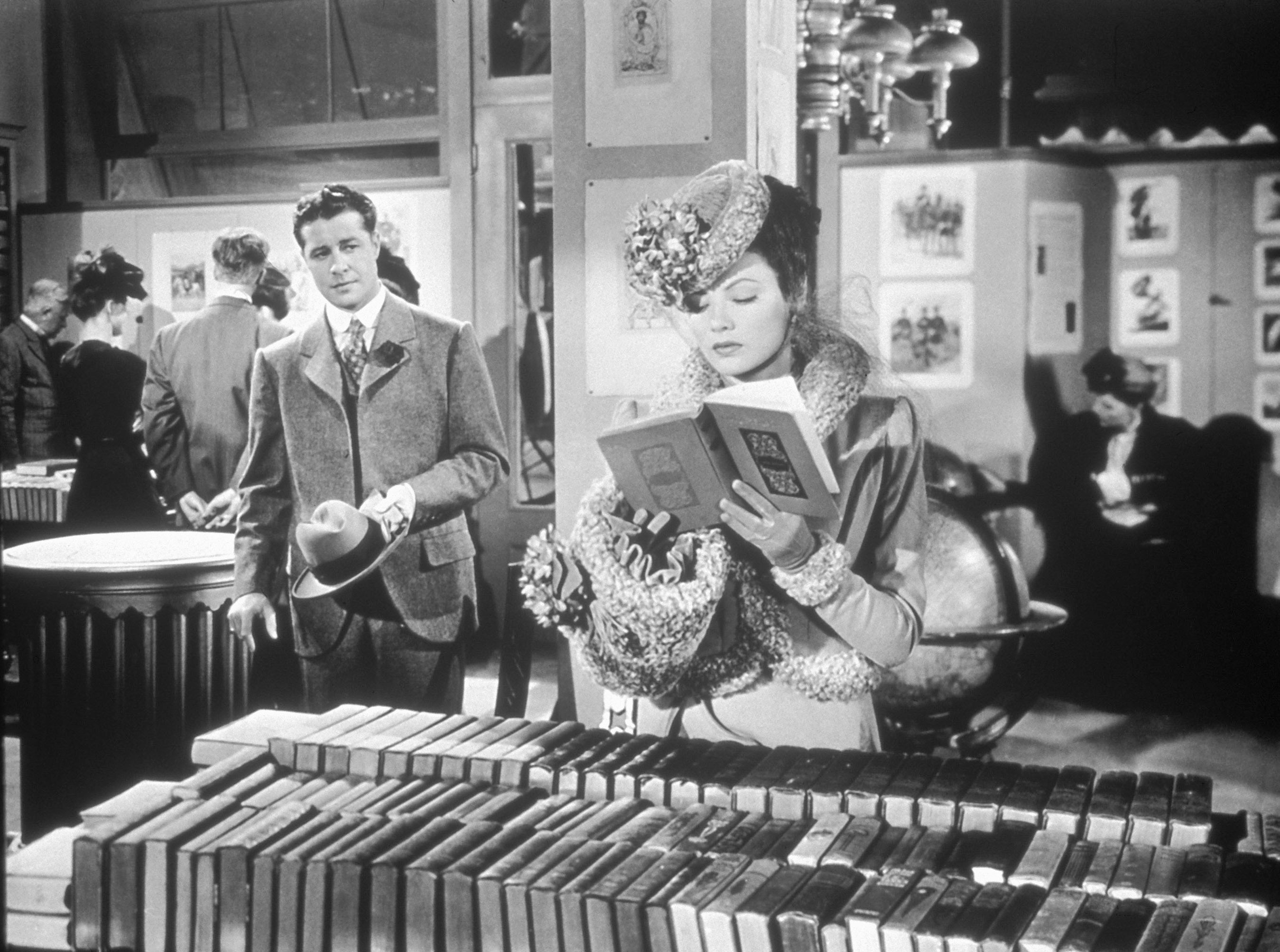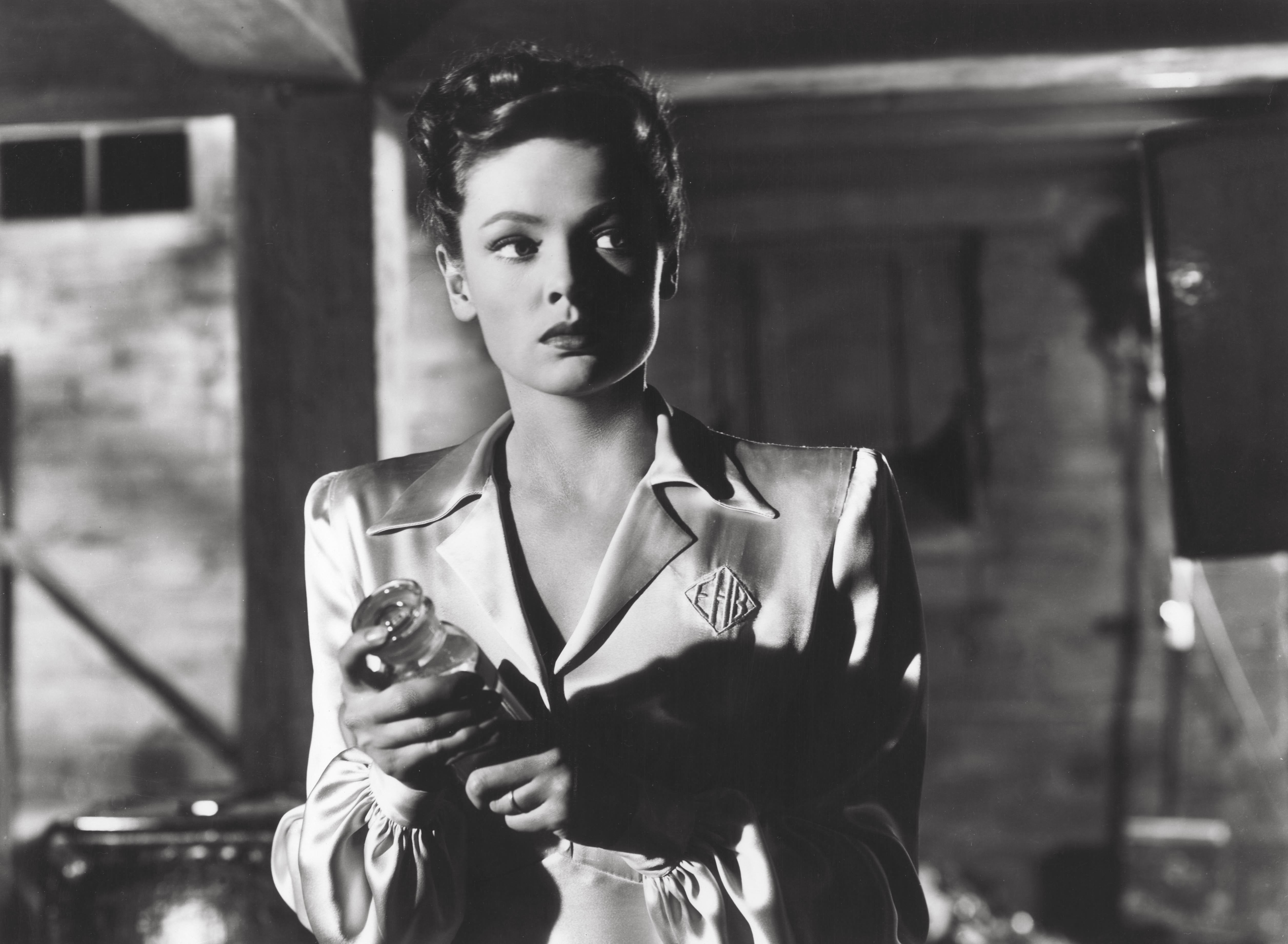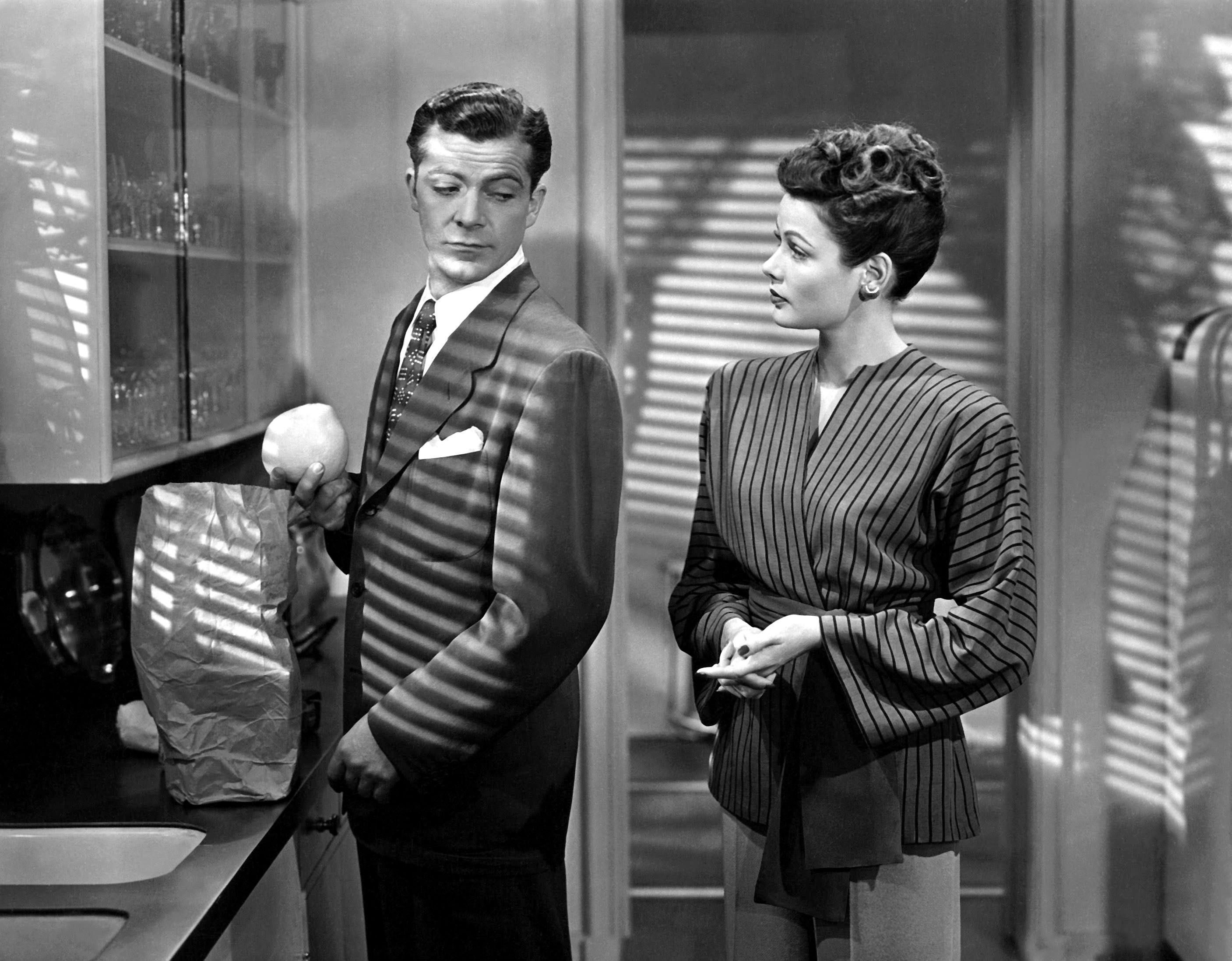Screen goddess Gene Tierney was more than just another Hollywood tragedy
As a major season of her films comes to the BFI, Geoffrey Macnab unravels the extraordinary life and career of a cinematic gem whose image as ‘the most beautiful woman in movie history’ has all too often overshadowed a timeless talent

It was like a scene from a dark and twisted film noir. The Hollywood pin-up described by one studio boss as “unquestionably the most beautiful woman in movie history” climbed out the window of her mother’s New York apartment, 14 storeys above street level. She stood on the ledge and got ready to jump. At the last moment, she paused. “If I was going to die, I wanted to die in one piece, a whole person, and look pretty in my coffin,” Gene Tierney later said. She had, she claimed, no desire to end up looking like “scrambled eggs”.
At the time of the abandoned suicide attempt in 1957, Tierney was in her mid-thirties, still very famous and in demand. In her early years in movies, Tierney (whose career is now being celebrated in a season at BFI Southbank) led a charmed life. She was talent-spotted in Hollywood as a teenager during a studio tour with her family. A former debutante who had gone to finishing school in Switzerland, she possessed poise, beauty and intelligence. Powerful and influential men swarmed around her, among them Howard Hughes, a youthful John F Kennedy and Prince Aly Khan. Top directors, including John Ford, Ernst Lubitsch, Otto Preminger, Josef von Sternberg, and Joseph L Mankiewicz relished working with her.
Tierney was Oscar-nominated for her performance as the jealous and unhinged wife in John M Stahl’s Leave Her to Heaven (1945). She had already assumed instant cult status as the enigmatic, siren-like advertising exec who seemed to come back from the dead in Preminger’s Laura (1944). Her range was astonishing. She could do light comedy but could also play the bleakest and most emotionally complex roles.
In her 1979 autobiography Self-Portrait, Tierney noted that she had been cast as seemingly everyone and anyone, from “frontier girl” to aristocrat, and (in a sign of the times) all manner of ethnicities – Arabian, Eurasian, Polynesian and Chinese. She seemed up for any project, however outlandish, She made her debut in a downbeat western, Fritz Lang’s The Return of Frank James (1940), and her final film was a risqué musical, Jean Negulesco’s The Pleasure Seekers (1964).
In her private life, though, Tierney faced mounting problems that eventually derailed her career. In 1943, the star, then in the early stages of pregnancy, had caught German measles. Her daughter Daria, born prematurely a few months later, was deaf, partially blind and had severe learning difficulties. Tierney and her husband, renowned costume designer Oleg Cassini, were forced to place her in an institution. The actor was devastated. By then, her marriage was beginning to fray. Cassini, later credited as the “couturier to Camelot” after he started designing dresses for Jackie Kennedy, was domineering and unfaithful.
Her relationship with her father also soured in disastrous fashion. Once a prosperous New York insurance broker who hit rough times financially during the 1930s, he was later found to have embezzled her money to stave off bankruptcy. Her own behaviour became ever more erratic.

“Things started piling up on me. I think if I had had a quieter life, perhaps it wouldn’t have surfaced,” she said in a 1979 interview, reflecting on her mental illness.
Perhaps it’s no wonder that she was attracted to such dark and psychologically fraught material. In Leave Her to Heaven, her character, Ellen, is so attached to her husband (Cornel Wilde) that she can’t bear it when anybody takes him away from her even for a moment. There is a famous and terrifying scene when she is shown sitting impassively in a rowing boat on a lake as her husband’s young paraplegic brother drowns in front of her. She puts on her dark glasses but does nothing to help the boy. She wants him out of the picture. The Technicolor cinematography makes her look incongruously glamorous but as Martin Scorsese later observed, she was “an angel face with the darkest of hearts”.
Equally startling is the scene in the same film when Ellen induces her own miscarriage by hurling herself from a flight of stairs. She’s mad and bad but is still driven by obsessive love. She makes you feel pity for her as well as horror at her actions.
By the mid-1950s, Tierney could no longer function and suffered what the press at the time referred to as “a complete nervous and mental collapse”.
She writes in her autobiography about remembering being invited to the inauguration of President Eisenhower that took place in 1957. “That memory was just about the last thing I had until I woke up one day and wondered how it happened to be 1959.”

Her descriptions of what she endured in mental institutions during this period rekindle memories of the most harrowing moments in Sylvia Plath’s autobiographical novel The Bell Jar (1963), which drew on Plath’s own experiences in psychiatric care a decade before.
“I had been locked in rooms no larger than a cell, with bars on the window. I had tried to escape and was chased and pounced upon like a loose dog. I had been subjected to electric shock treatments that deadened my brain, stole chunks from my memory, and left me feeling brutalised,” Tierney recalled.
During her recovery, the star who had only a few years before been on the A-list was working as an assistant in a dress shop.
“As part of her therapy she was advised to earn a living at a modest occupation. Her doctors thought it would help restore her self-confidence,” director Preminger, who cast her in her comeback movie Advise & Consent (1962), explained. The political drama was her first film in seven years. It was almost impossible to insure her but Preminger wouldn’t make the film without her.
What I find fascinating about her is that her style of acting is quite subtle, nuanced and unassuming. She doesn’t have big shouty moments
When she had tried to kill herself in New York, Tierney was living in Sutton Place. One of her neighbours was Marilyn Monroe, then married to writer Arthur Miller. Monroe was six years younger than her but for a while the stars’ careers overlapped. Both women starred in hit movies while becoming figures of morbid obsession for gossip columnists.
It’s strange that Monroe is still the subject of biopics and lurid biographies while Tierney is far less well remembered – not just than Marilyn, but other near contemporaries like Rita Hayworth, Hedy Lamarr and Jennifer Jones.
Arguably, Tierney’s self-effacing personality played a big part in the way she has drifted out of public consciousness. She was the antithesis of Monroe. Versatile, understated and known as a consummate professional, she always turned up on set on time, knew her lines and won the respect of even the most temperamental directors. As an admiring Henry Fonda (her co-star in The Return of Frank James and 1942 screwball comedy Rings on Her Fingers) said of her, she had “gumption”.
The BFI season focuses on her work from the 1940s, the decade when she was at her peak. Both Leave Her to Heaven and Laura, her two most famous movies, are screening but so are plenty of other titles that show her in a very different light. BFI programmer Aga Baranowska talks of Tierney’s “mesmerising” screen presence and of her “inner aura”.

“Obviously, she was extremely beautiful and everyone comments on that but I think there is something more to it,” Baranowska tells me. “It’s all those emotions that she conveys in different characters… what I also find fascinating about her is that her style of acting is quite subtle, nuanced and unassuming. She doesn’t have big shouty moments.”
As for Fox boss Darryl Zanuck’s contention that she was “the most beautiful movie actress” in Hollywood history, Baranowska insists that this shouldn’t blind audiences to her “incredible range and consistency”.
Film historian Pamela Hutchinson points out that the constant references to Tierney’s looks were often a way of diminishing her. “If you look at her career, there is a lot of discussion that she is so beautiful that she can’t possibly act,” she says.
“She seldom got past her own gorgeousness,” wrote critic David Thomson in chauvinistic fashion, assessing her performance in Preminger’s 1950 psychological thriller Whirlpool. In the film, Tierney plays a kleptomaniac who comes under the spell of a hypnotist.
Tierney was dismissed twice over during her lifetime. Early on, her looks stopped her from being taken seriously. In her latter years, she was regarded in equally patronising and belittling fashion as a tragic case, another of those unhappy stars who had quite simply gone mad in Hollywood.
The BFI season should remind audiences that Tierney was a major talent. Her career may have been brutally interrupted but it still stretched to around 40 films. Baranowska urges viewers to focus on “the incredible performances” and not to be too distracted by the tragedy and upheaval off screen. She was a diamond of the screen, one whose brilliance is ripe for rediscovery.
‘Out of the Shadows: The films of Gene Tierney’ is on at BFI Southbank until 30 April
If you are experiencing feelings of distress, or are struggling to cope, you can speak to the Samaritans, in confidence, on 116 123 (UK and ROI), email jo@samaritans.org, or visit the Samaritans website to find details of your nearest branch.
If you are based in the USA, and you or someone you know needs mental health assistance right now, call the National Suicide Prevention Helpline on 1-800-273-TALK (8255). This is a free, confidential crisis hotline that is available to everyone 24 hours a day, seven days a week.
If you are in another country, you can go to www.befrienders.org to find a helpline near you.
Join our commenting forum
Join thought-provoking conversations, follow other Independent readers and see their replies
Comments